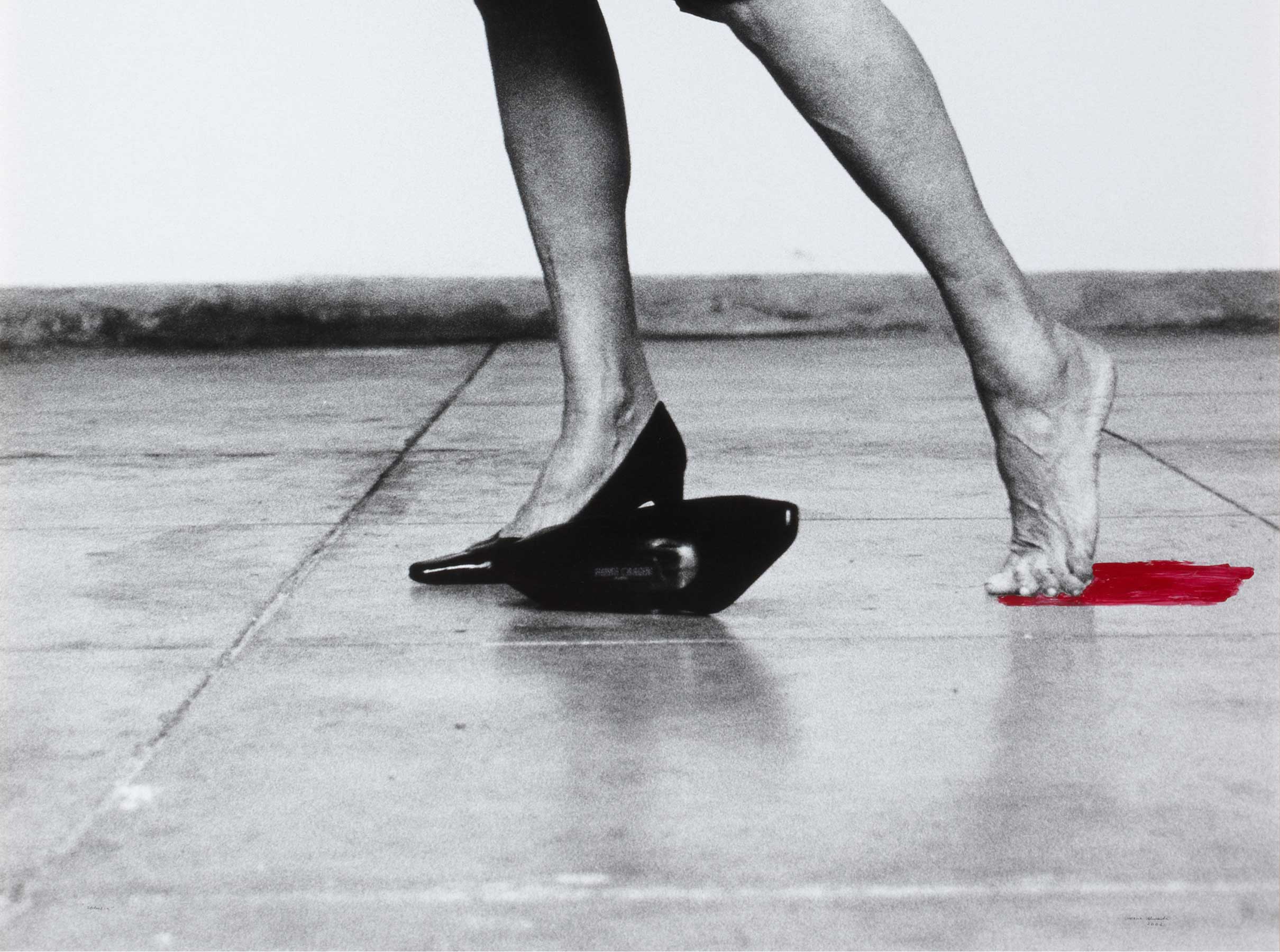Piel de agua [Skin of Water]
- 1990
- Vinyl emulsion, pigment & oil on canvas
- 244 x 244 cm
- Cat. P_506
- Acquired in 1991
Juan Uslé has a prominent place in the process of internationalisation of Spanish art in the 1980s and 1990s. The four works by him held in the Banco de España Collection come from different periods and show how his work changed as he strove for the personal form of expression for which he is now known worldwide. At the start of his career in the 1980s he was associated with a gloomy, enigmatic, visceral, matterist neo-expressionism, which is evident in The Cavada Cannon or The Cut (1983), an oil painting in which subjectivity is conveyed through his personal evocation of a place. In this case it is a place laden with history and latent violence: The Royal Artillery Works at La Cavada (in his home region of Cantabria). This factory, which had supplied weapons to the Spanish army since the times of King Charles III, was turned into a museum, with a cannon set up as its emblem. It is this cannon that Uslé painted, at a time when his interest was focused on 'basic human emotions' garnished with an air of legend, as indicated in the text on the back of the painting. This piece is a counterpoint that helps understand Uslé's shift to more abstract forms of expression, from direct, biographical experience to the distillation and analysis of the language of painting, based always on a more or less latent first-person viewpoint.
In this context, Skin of Water (1990) represents a time of transition in the process that Kevin Power has referred to as the gradual separation of the skin of things, echoing the skin simile found in the title. In the work this idea is associated with a different look at landscape which defines the relevant period of the artist.
Other works by Juan Uslé

![Piel de agua [Skin of Water]](/f/webca/INF/assets/img/fff.png)